I had such a good weekend, over at Great Keppel Island completing a PADI Advanced Open Water course with Hayley and Ines from Keppel Dive. We managed five dives over the two days, but I only had my camera with me for the last dive, when we dove Barren Island Reef South.
We stepped into the water right on midday and it was a sunny day – so there was no shortage of sunlight, but down 10 metres everything was a haze of blue.
Water absorbs light in the longer wavelengths, so by ten metres down everything is a haze of blue, unless I have the camera light on and the coral is in the foreground. Only then, will the red corals at close range look red – because other wise the water will have absorbed all the red in the visible spectrum from the sunlight and also from my camera light. I need to get close to the corals and the fish and I need to have my light on, to see their colours.
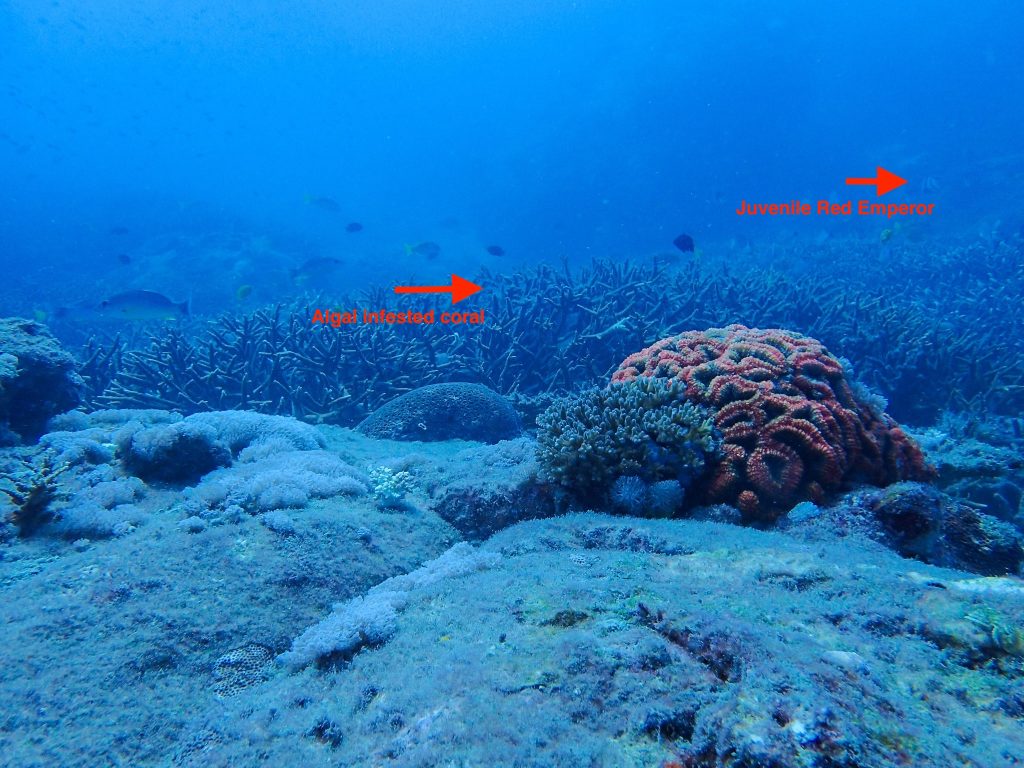
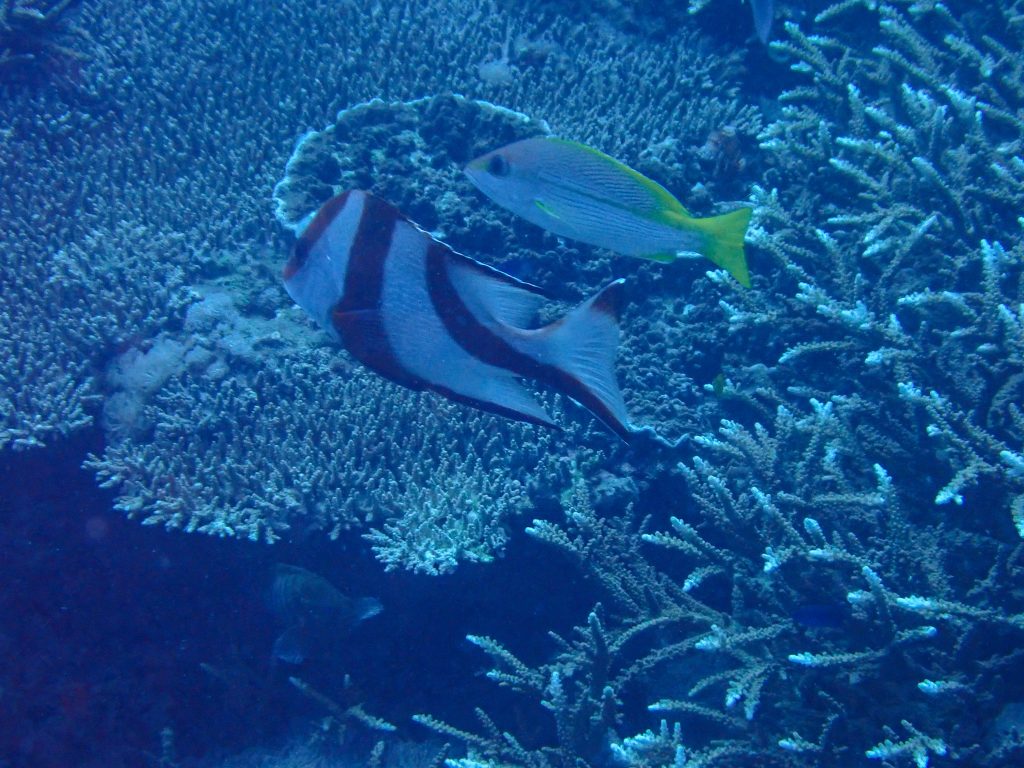
Karen Klemp, in a comment at my last blog post, has suggested that I can’t see the corals from 150 metres in the air because I may not have the correct camera settings.
In fact, when visibility is only about 8 metres under the water and the corals are down about 10 metres it is just not going to be possible to see the corals from an aerial survey whatever your camera settings. It is not possible to see the corals until you get into the water and go down some few metres.
Once you are down ten metres, where the corals are at Barren Island Reef, it is best to turn on your light, even if it is a sunny day, if you want to see the true colour of the corals.
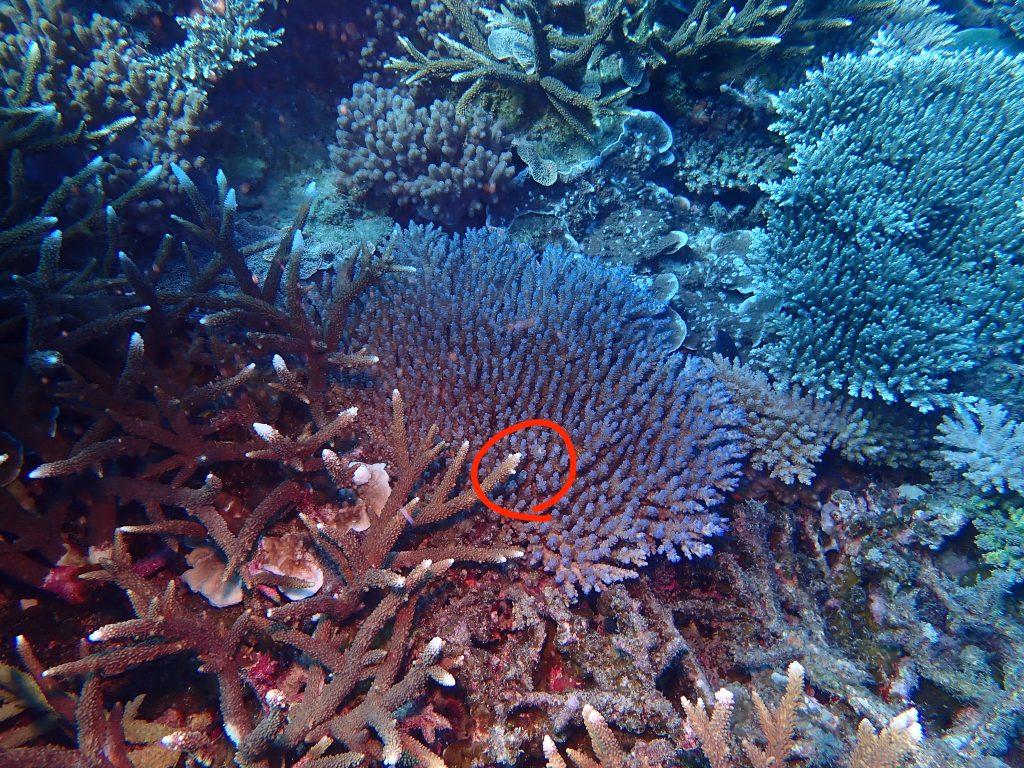

A macro-setting on the camera is necessary to see the detail of the corallites, and with my light on, it is possible to see come of the colour.
While I was mostly focused on what I needed to do to pass the PADI Advanced Open Water course – including tying knots underwater and lifting ‘lost equipment’ to the surface with a harness etcetera, etcetera – all the while I was also on the lookout, scanning and making some assessment of the state of the corals.
I dived some of these same reefs in April and you may remember Secret Cove, Wreck Beach and Bald Rock where particularly badly bleached – most of the corals, especially the branching Acropora spp. were stark white.
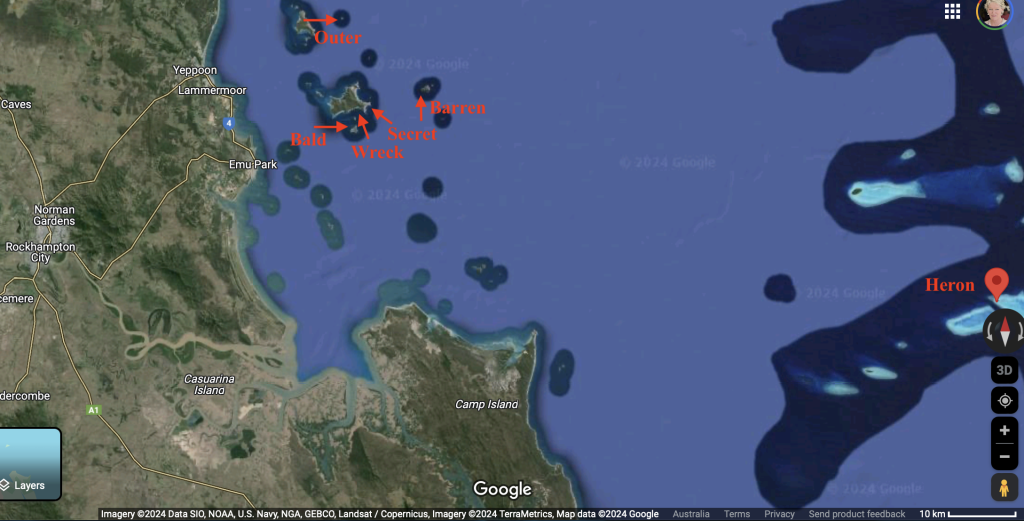
Now there is colour back in many of the same Acropora spp. but there is also a lot of mortality. I would hazard a guess – that across these five dives and including corals from the two dives that I did about ten days ago at Outer Rock – perhaps one third of the area of coral, perhaps one third of the coral cover is now dead or dying from the bleaching.
That is a lot of coral. This last summer has not been good for many of the corals, for coral cover, at the Great Barrier Reef. If we are to know the natural cycles of death and regeneration, then we need to acknowledge that not every summer is the same.
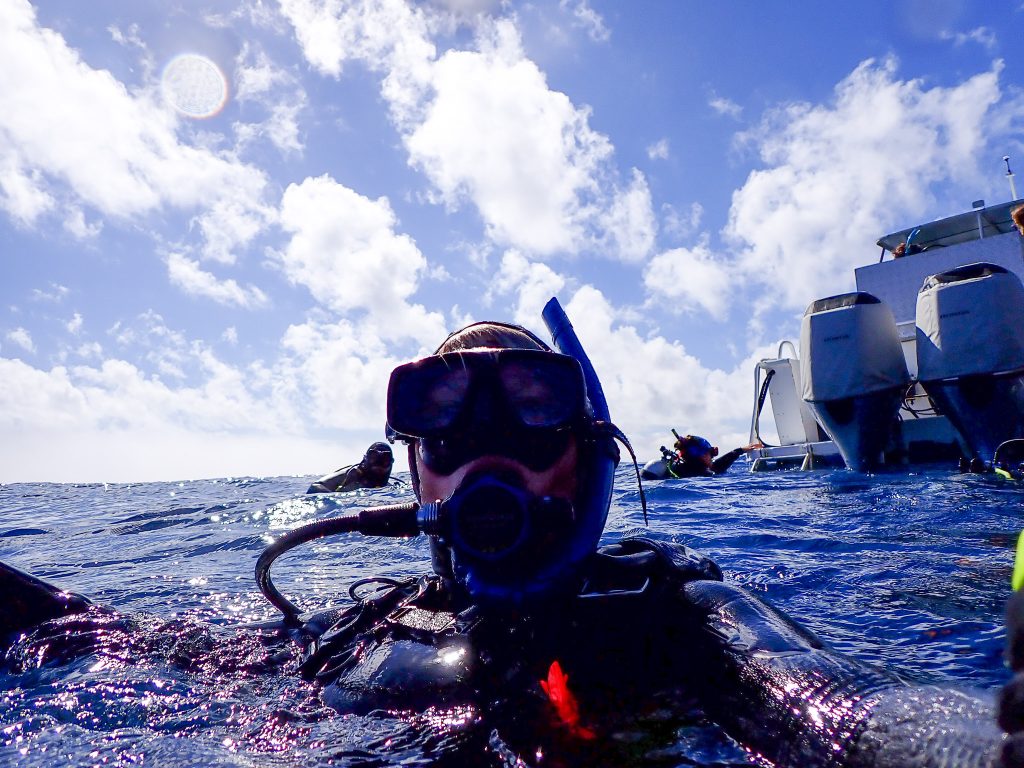

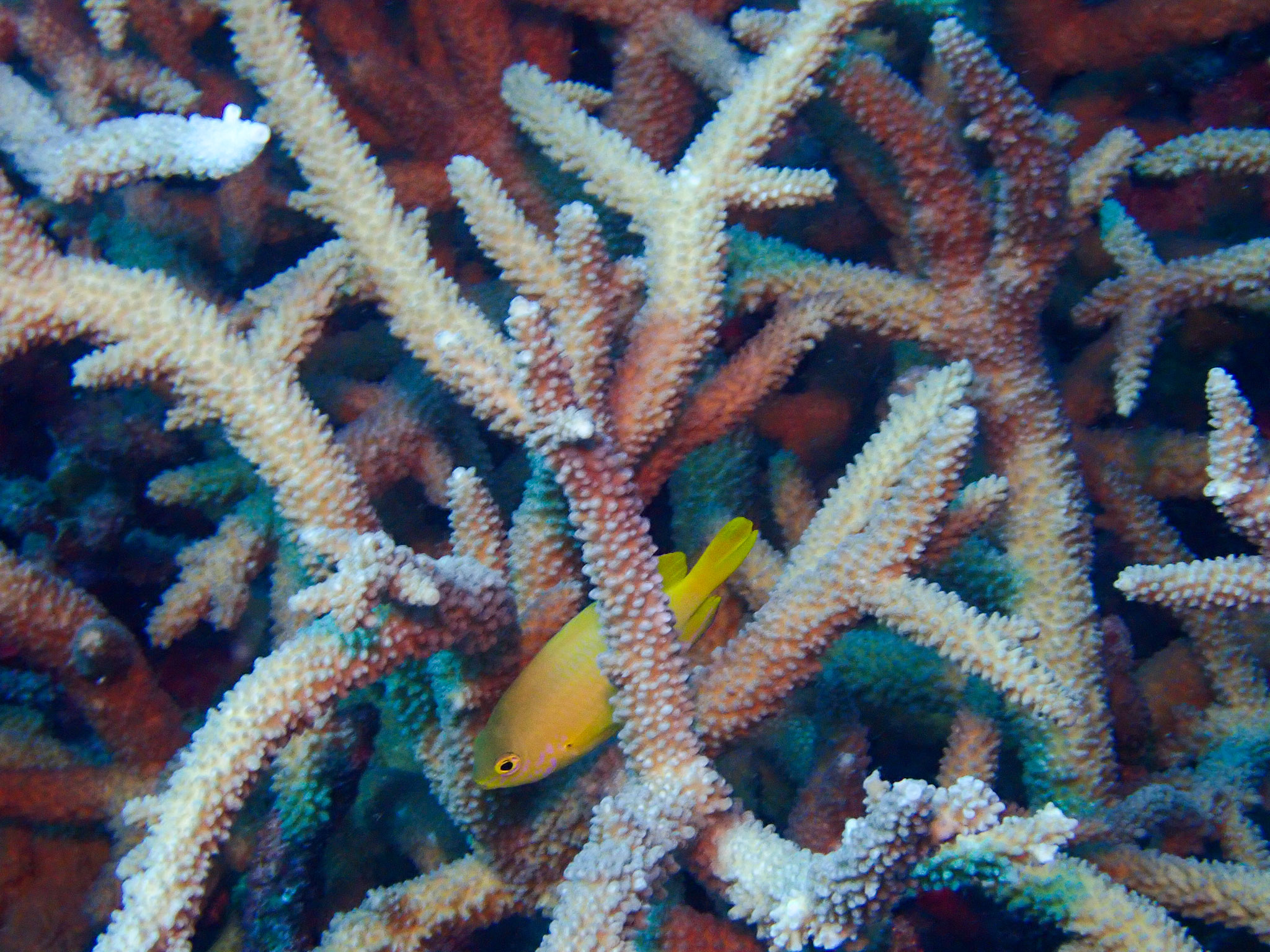
 Jennifer Marohasy BSc PhD is a critical thinker with expertise in the scientific method.
Jennifer Marohasy BSc PhD is a critical thinker with expertise in the scientific method.

https://www.aims.gov.au/sites/default/files/2020-11/AIMS_LTMP_SOP10v2_Benthic-surveys-photography_2020_DOI.pdf
Nice example of basic science re light absorption in action there Jen. Sounds like you had a great time. Thanks for your lovely photos.
That’s terrific Karen but I couldn’t find the reference in that SOP to underwater photograpy techniques from a plane?
David, AIMS Sops are readily available for people who want to preform rigorous surveys.